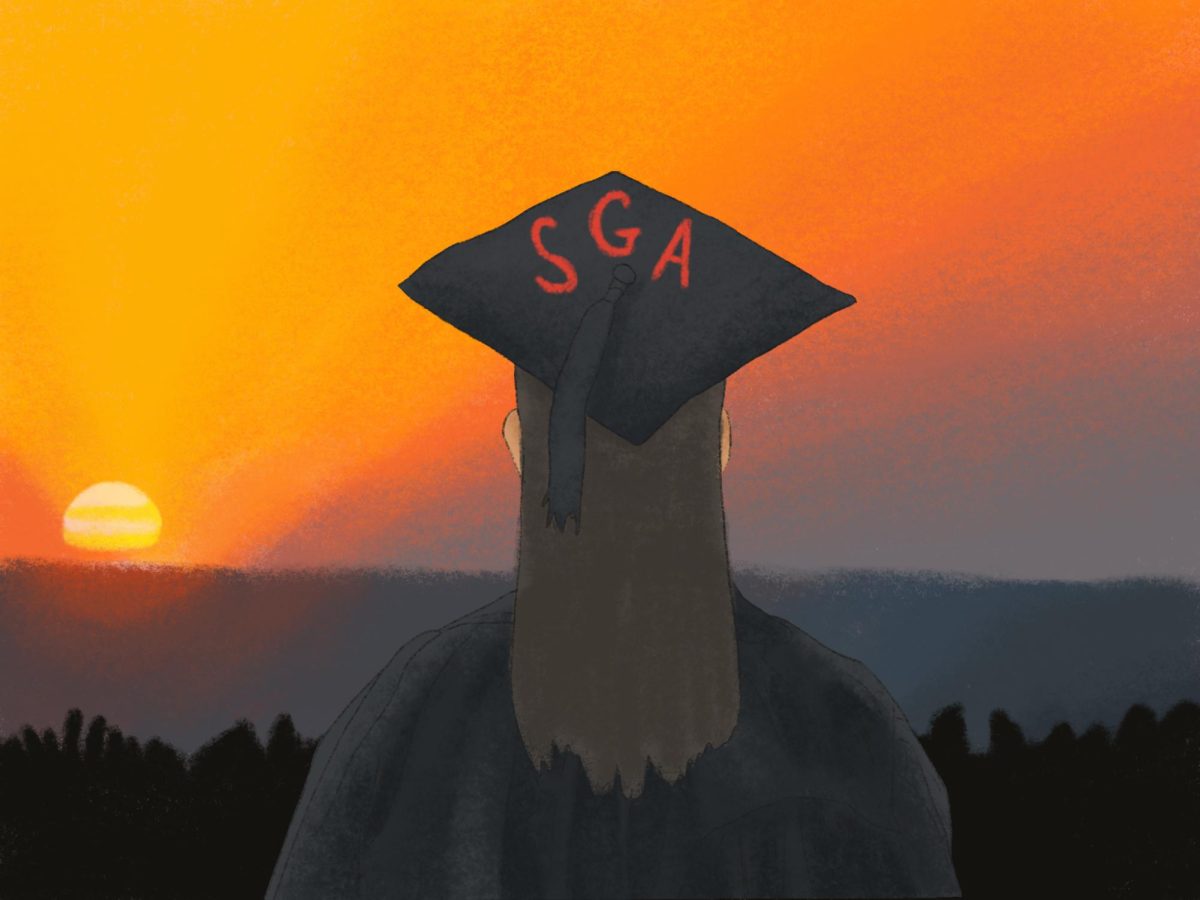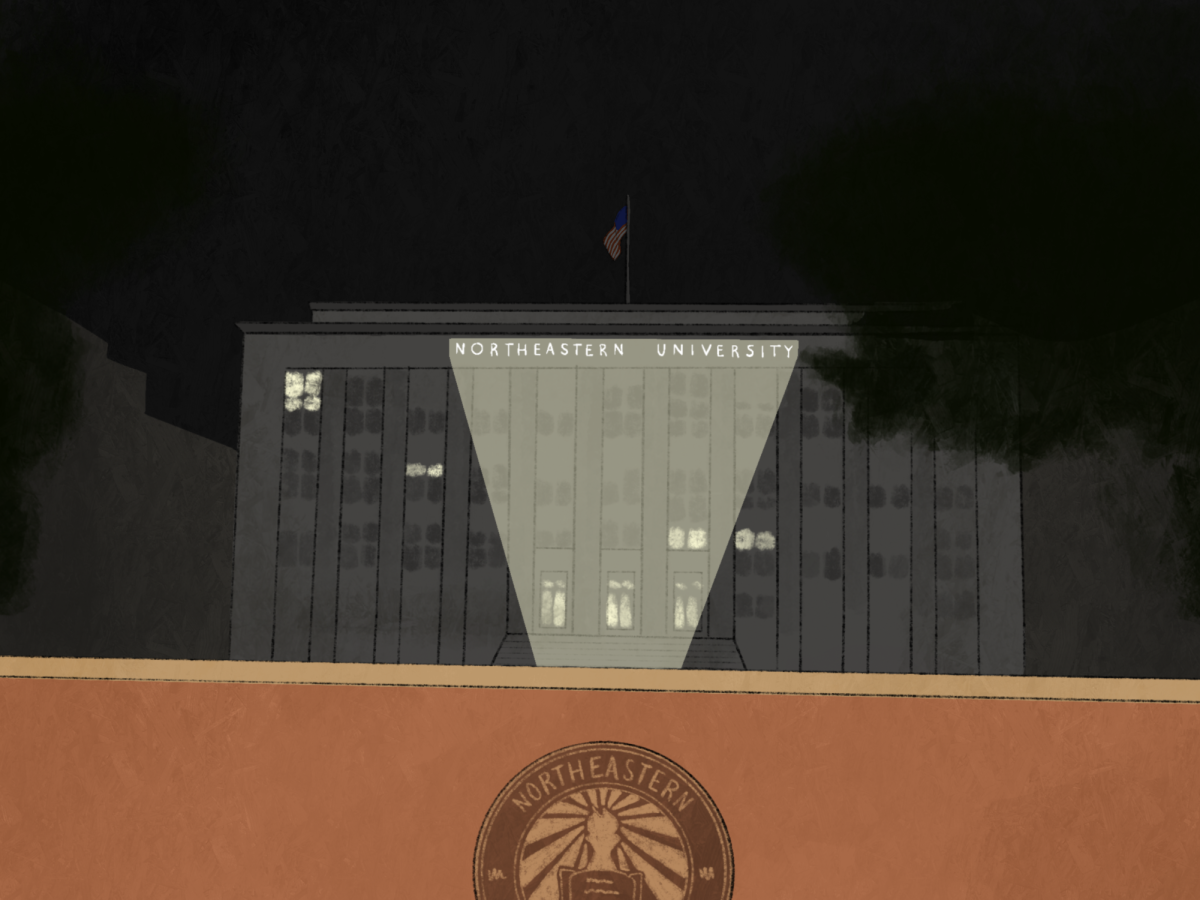In the late 18th century, it was steam-powered trains. A century later, it was automobiles. By the early 1900s, planes flew into the picture. In the span of 115 years, people saw travel transform from a reliance on horses to the ability to span entire continents in a matter of hours.
We see planes, trains and automobiles as constant means of travel – safe bets that are just a part of the modern world. But recent events begs the question: Is it possible that we have begun to take for granted the danger that still comes with traveling?
On Nov. 17, 50 people died in a plane crash in Russia when the plane nose-dived toward the ground.
On Nov. 29, a helicopter crashed into a pub in Glasgow, Scotland, killing at least nine people.
And more recently, “Fast and Furious” actor Paul Walker died on Nov. 30 when the car in which he was riding slammed into a utility pole.
Last Sunday, a commuter train traveling through the Bronx derailed, killing four people.
This is not meant as a suggestion to refrain from traveling, but rather as a reminder of the risks we still take in pushing for faster travel. It is truly incredible the places we can go, not to mention how quickly we can get there. Just this past Monday, I woke up in New York and was able to make a 10:30 a.m. class in Boston.
However, before heading out for my hour-long flight, my mind was occupied by all of the recent accidents in travel. These disasters aren’t usually close to home, but they still make an impact.
Even so, the chances of being involved in such an accident are minimal.
According to PBS, the chance of an average American being killed in a car crash is one in 5,000, whereas the chance of an average American being killed in a plane crash is one in 11 million. Clearly the odds were in my favor. But the recent flurry of accidents certainly made me think.
All of these methods of travel were once modes of transportation I simply took for granted; they were safe, reliable and part of my day-to-day life. We do not live in a world where the dangers of traveling are impossible, and lately it feels like every fatal incident has been connected to some means of traveling.
But what is there to do? I am not going to calculate the odds of a fatal plane crash or a devastating car crash similar to Walker’s every time I travel. It is a part of life that I must accept, that in order to travel to spectacular places and venues, I am accepting a risk. It is a small one, but it is still apparent.
In 2005, the National Geographic article “Flash facts about lightning” said, “The odds of becoming a lightning victim in the US in any one year is one in 700,000.” Perhaps this is the key to not fretting about the natural risks of traveling: Remembering that there are risks in every aspect of our lives. After all, there is a higher chance of being struck by lightning than to die in a plane crash.
In the end, alterations to future travel plans are unnecessary. The only things we can do are be as safe as possible when traveling, but also accept that unfortunate occurrences, such as a train derailment, do occur. However, as my mother used to say to me, there is no need for us to check our brains at the door.
The train in the Bronx was allegedly traveling at 82 miles per hour when it passed the curve where it derailed. The speed limit at the curve: 30 miles per hour. Sometimes we don’t have control over unfortunate events that befall us. Then again, sometimes we do.
-Juliana McLeod can be reached at comments@HuntNewsNU.com.








